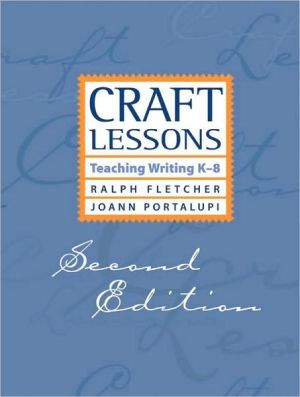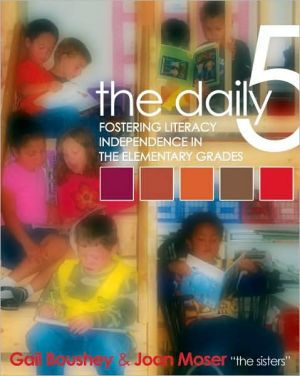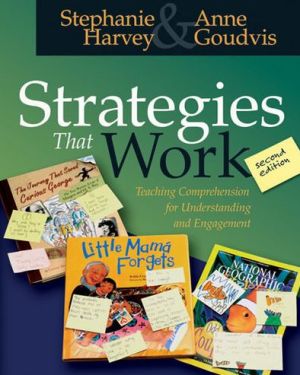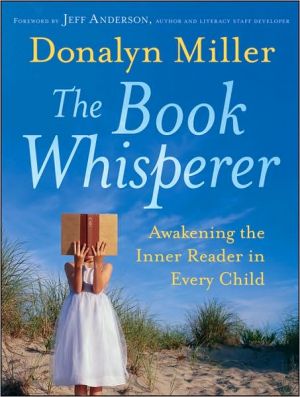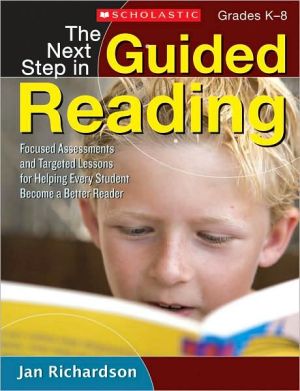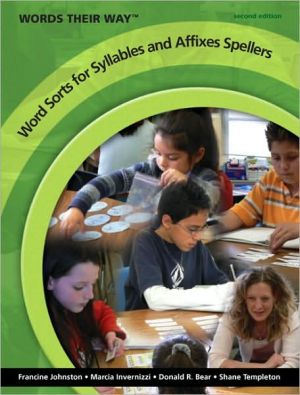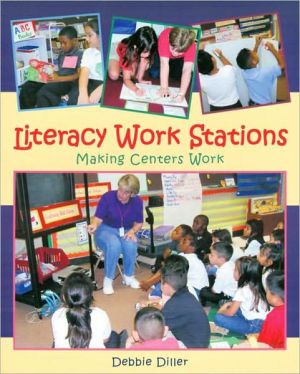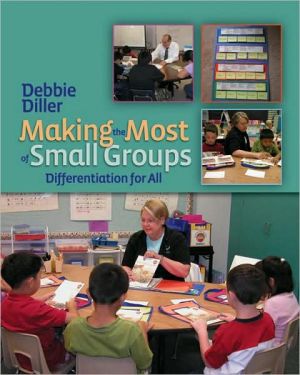On Reading
Goodman makes the highly complex process of reading easy to understand. He involves his readers in examining their own reading, and he provides real language examples from real children reading real texts.
Search in google:
Ken Goodman's view on reading is widely regarded as the most complete and articulated of any in the world, the basis for much contemporary reading research, theory, and instruction. Indeed, acceptance of Goodman's work is so widespread that his theories have become virtually institutionalized-even as they have prompted controversy. On Reading offers a complete explanation of the view that many people in and out of the education field have both accepted and denounced, often without fully understanding its sources and significance. At a time when the movement Goodman helped spawn-whole language theory-is under increasing attack, that explanation is both warranted and welcome. In a clear and engaging style, Goodman explains why he described the reading process as a "psycholinguistic guessing game." He argues that the object of that game is not to recognize letters and words, but to make sense of print: to construct meaning. Among the devices readers use to win that game are miscues, the unexpected responses in oral reading. Many teachers today recognize these "mistakes" as evidence that readers draw upon a wealth of data-graphophonic, syntactic, and semantic-to make sense of print, to predict what comes next, and to construct meaning. Goodman makes the highly complex process of reading easy to understand. He involves his readers in examining their own reading, and he provides real language examples from real children reading real texts-not research-designed controlled samples. In so doing, he proposes that written language is parallel to and equal with oral language and that it is learned in the same way-and for the same reasons-as oral language. Both defenders and detractors of Goodman's work acknowledge him as one of the most influential theorists of the twentieth century. On Reading will be of interest to anyone concerned about the state of education in the twenty-first century. School Library Journal Ken Goodman's research on learners and language is well known to most educators. In this book, Goodman explores the nature of language and the science of reading. He does not discuss how children learn to read or how reading is taught. He is interested, instead, in the process of reading itself. Goodman emphasizes that reading involves deriving meaning from and making sense of a text. I was particularly caught up in chapter four, "How Proficient Reading Works." Here Goodman stresses that in reading, what you think you see is more important than what your eyes actually pick up. The reader, he says, continually monitors the sense of the text. And as the experiments cited show, efficient readers derive meaning using the least amount of time, energy, and visual input. Goodman's exploration of the nature of language will lead many librarians to think about their own experiences in working with children and the reading process. We need to understand what competent reading and writing is, and build on what children already know. While perhaps too theoretical for some, this book will make interesting reading for educators who need and want to find out more about what readers do when they read.Marilee Green, Essexville-Hampton Schools, Essexville, MI
1What is reading?12What is language?113How language works214How proficient reading works375How developing reading works536How written text works627The reading process: cycles and strategies908Learning and teaching reading and writing117Bibliography147Index150
\ School Library JournalKen Goodman's research on learners and language is well known to most educators. In this book, Goodman explores the nature of language and the science of reading. He does not discuss how children learn to read or how reading is taught. He is interested, instead, in the process of reading itself. Goodman emphasizes that reading involves deriving meaning from and making sense of a text. I was particularly caught up in chapter four, "How Proficient Reading Works." Here Goodman stresses that in reading, what you think you see is more important than what your eyes actually pick up. The reader, he says, continually monitors the sense of the text. And as the experiments cited show, efficient readers derive meaning using the least amount of time, energy, and visual input. Goodman's exploration of the nature of language will lead many librarians to think about their own experiences in working with children and the reading process. We need to understand what competent reading and writing is, and build on what children already know. While perhaps too theoretical for some, this book will make interesting reading for educators who need and want to find out more about what readers do when they read.Marilee Green, Essexville-Hampton Schools, Essexville, MI\ \

